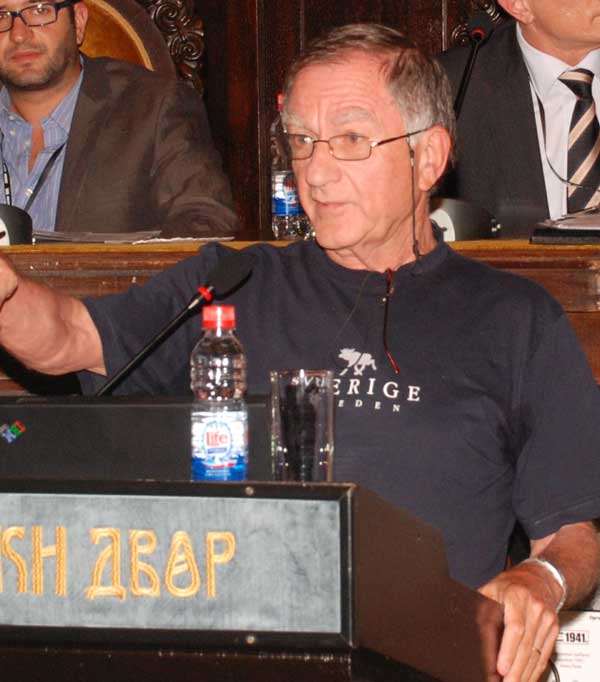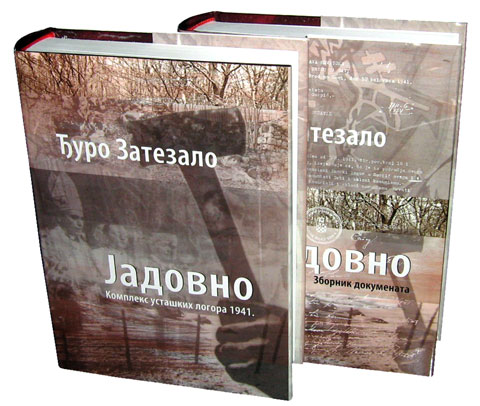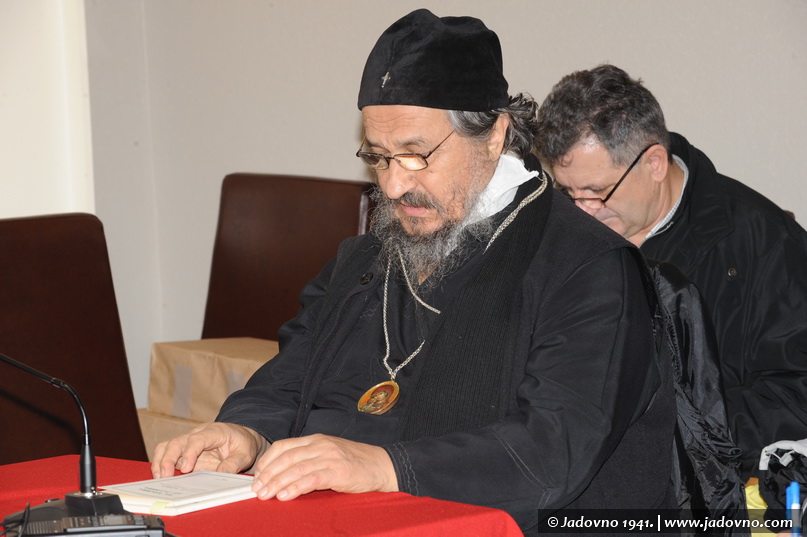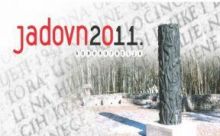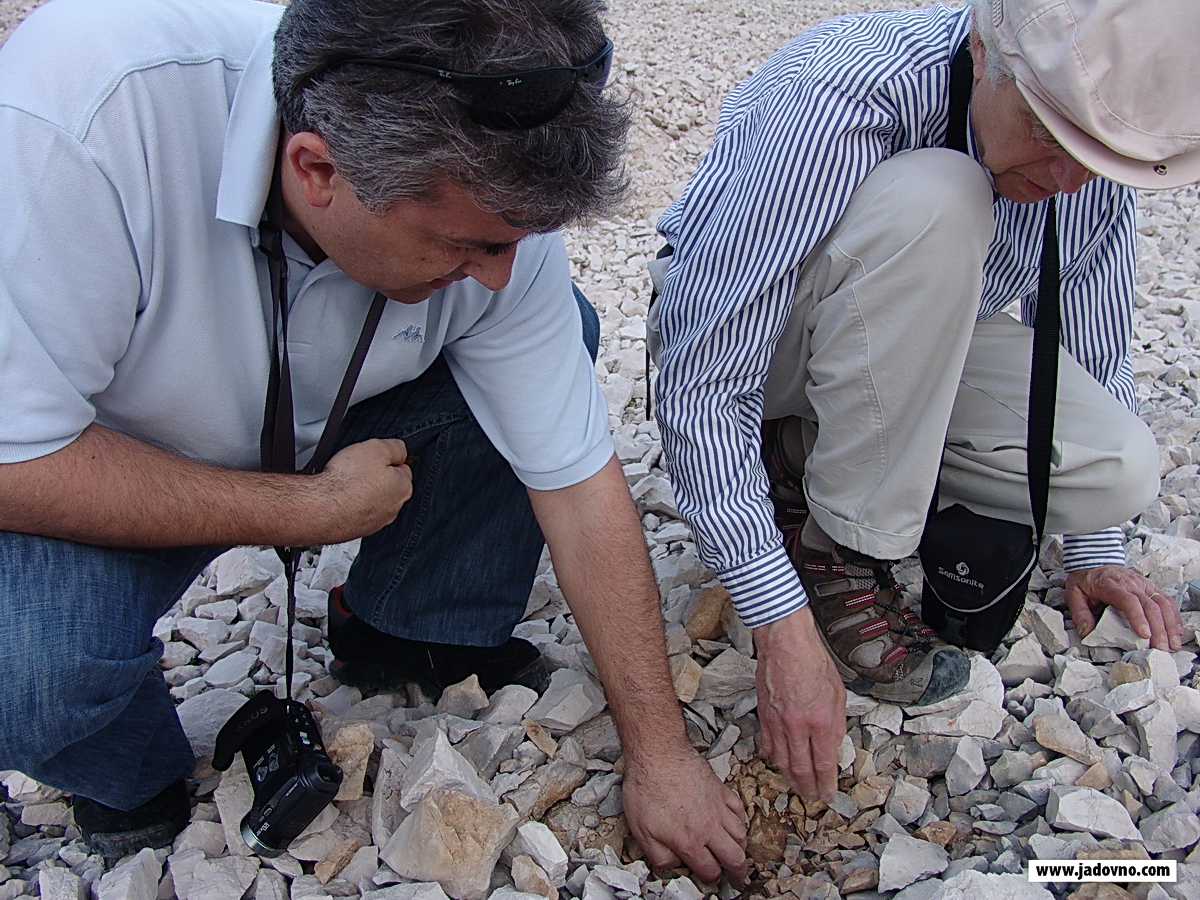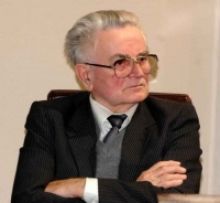FORMA ZA UNOS
English Udruženje Jadovno 1941. poziva sve potomke ubijenih na Jadovnu da ukoliko imaju podatke o svojim pobijenim precima u kompleksu Jadovno, a nisu ih našli na ovom popisu, popune UPITNIK ZA ŽRTVE RATA 1941-1945. Ako ste na postojećem popisu pronašli traženu žrtvu, a želite uz ime dodati neki podatak, sliku ili tekst o žrtvi, takođe to možete učiniti popunjavanjem UPITNIKA. UPITNIK je dostupan u formatu Acrobat PDF: Upitnik za žrtve rata 1941-1945.Acrobat PDF dokument, 721kB Ispunjeni UPITNIK može nam biti proslijeđen elekronskom poštom na adresu: udruzenje@jadovno.com. UPITNIK možete ispuniti i elektronskim putem. Uputstva su u nastavku teksta. Možete ga ispuniti i rukom, skenirati i takav poslati na naš

